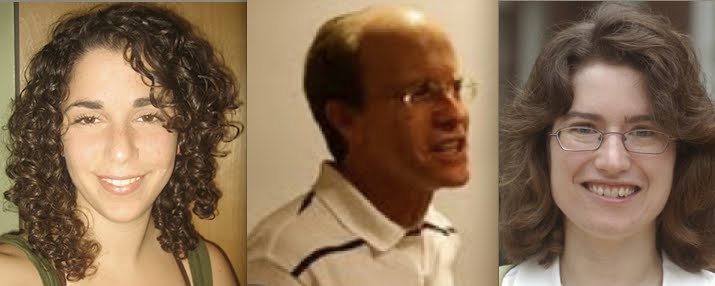Barbara Guest, 'Roses'
LISTEN TO THE SHOW
 Listening to this show, this discussion of Barbara Guest’s casually and yet densely allusive poem “Roses,” you will hear about Juan Gris-style cubism circa 1912 (in his own “Roses”), about William Carlos Williams’ famous celebration in “The rose is obsolete” of a new kind of rose – the metal rose, the sharp-edged rose, the lovely unlovely rose – and also about a memory from the age of eight that Gertrude Stein often retold as a way of explaining her views on the difference between art and nature. Is that difference a problem – an anxiety, a cause for reluctance - for the modernism-conscious poet who comes after modernism, such as indeed Guest, who has an instinct to make room in her writing for the ill person requiring real air to breathe?
Listening to this show, this discussion of Barbara Guest’s casually and yet densely allusive poem “Roses,” you will hear about Juan Gris-style cubism circa 1912 (in his own “Roses”), about William Carlos Williams’ famous celebration in “The rose is obsolete” of a new kind of rose – the metal rose, the sharp-edged rose, the lovely unlovely rose – and also about a memory from the age of eight that Gertrude Stein often retold as a way of explaining her views on the difference between art and nature. Is that difference a problem – an anxiety, a cause for reluctance - for the modernism-conscious poet who comes after modernism, such as indeed Guest, who has an instinct to make room in her writing for the ill person requiring real air to breathe?
Al and sometimes the other PoemTalkers felt that this is a rebuke of modernist airlessness. Natalie Gerber (at right) and sometimes the others felt that this is more likely an expression of skepticism about postmodern art and perhaps a fresh return to the moment of 1912 – the thrilling New Era of collage-y paintings such as Gris’ “Roses,” which is (arguably) dated 1912 and which was a canvas Gertrude Stein herself owned. Randall Couch points out that the poem looks at a fork or divergence in the modernist evolution or modernist family tree, a turning point Guest feels is worth going back to. Michelle Taransky (at left) notes that the art in the poem is an art already encountered even as the poem itself imagines the possibilities of a fresh encounter.
return to the moment of 1912 – the thrilling New Era of collage-y paintings such as Gris’ “Roses,” which is (arguably) dated 1912 and which was a canvas Gertrude Stein herself owned. Randall Couch points out that the poem looks at a fork or divergence in the modernist evolution or modernist family tree, a turning point Guest feels is worth going back to. Michelle Taransky (at left) notes that the art in the poem is an art already encountered even as the poem itself imagines the possibilities of a fresh encounter.
As Natalie aptly puts it, we are discussing a poem that is testing out its stance in response to the modernist approach to representation.
Here’s one version of Gertrude Stein's telling of her early encounter with painting:
It was an oil painting a continuous oil painting, one was surrounded by an oil painting and I how lived continuously out of doors and felt air and sunshine and things to see felt that this was all different and very exciting. There it all was the things to see but there was no air just was an oil painting. I remember standing on the little platform in the center and almost consciously knowing that there was no air. There was no air, there was no feeling of air, it just was an oil painting and it had a life of its own.
October 19, 2009
Hadley Guest and Kathleen Fraser talk about Barbara Guest
Kathleen Fraser interviewed Hadley Guest about Barbara Guest in Berkeley on July 17, 2007. The complete recording lasts two hours and 31 minutes and is available on PennSound’s Barbara Guest author page.